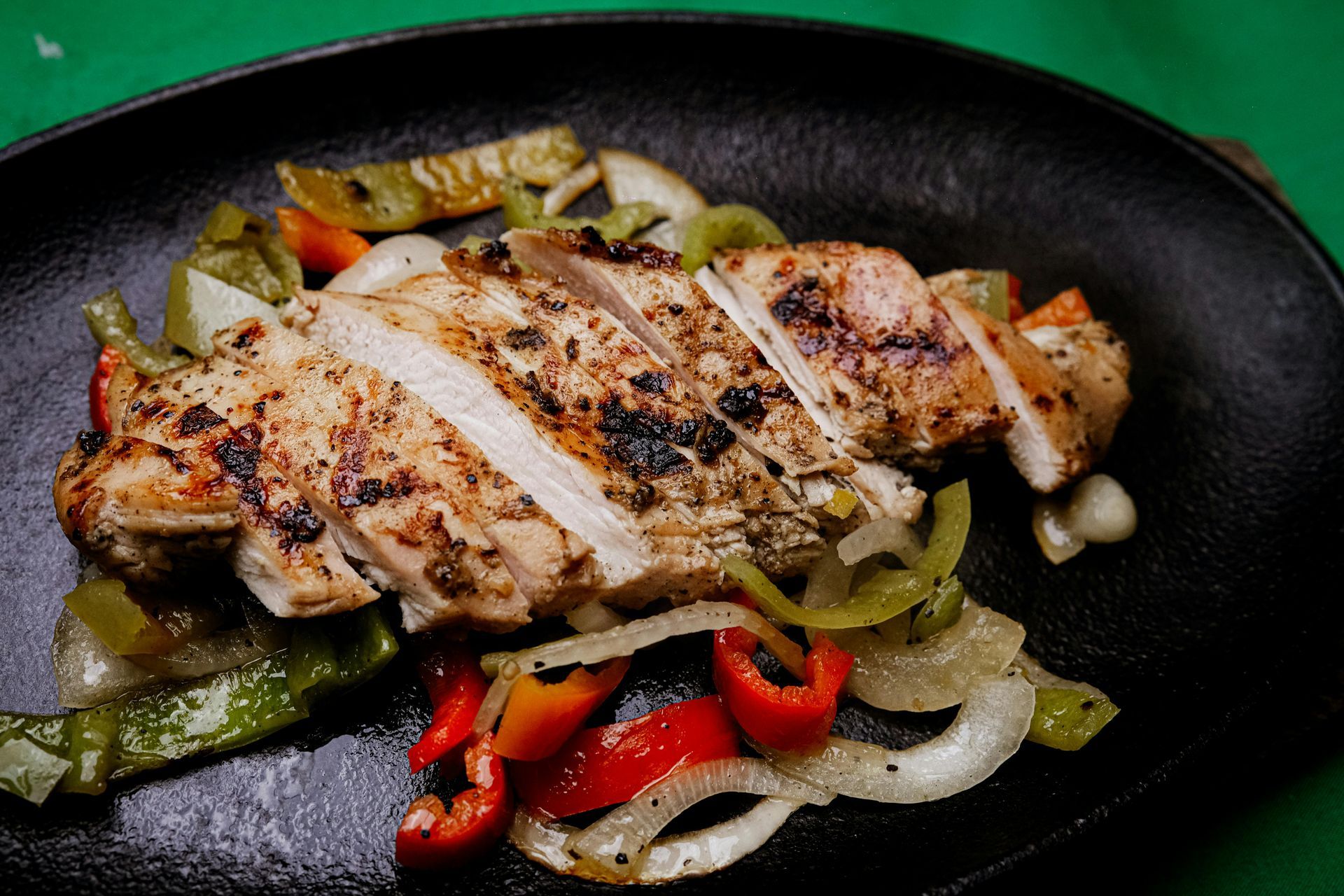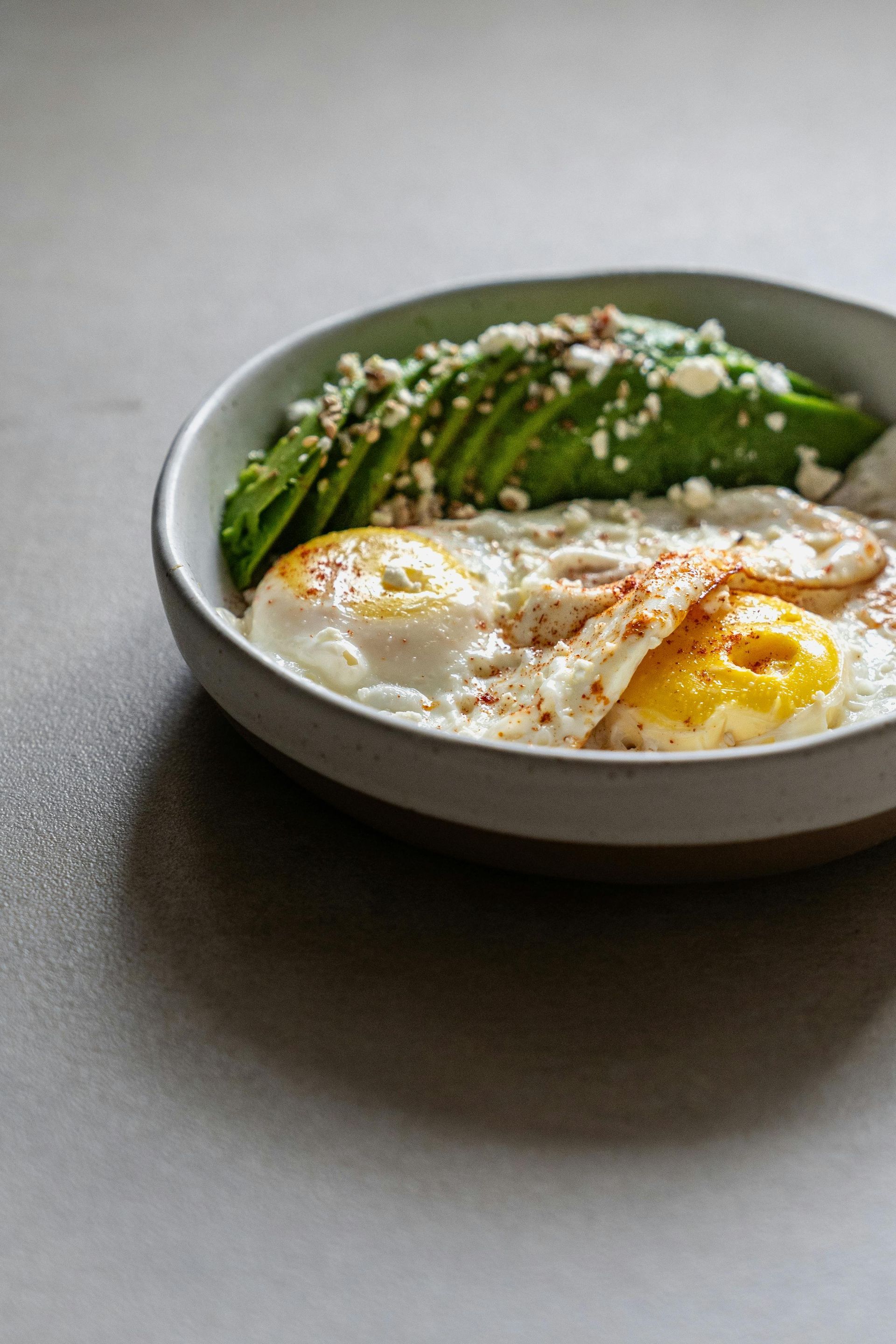Macronutrients: What Every Woman Needs to Know
If your goal is fat loss, muscle gain, or simply feeling more energized, understanding macronutrients (macros) is a critical part of fueling your body correctly. Here's a simple breakdown to help you get started.
Protein – The Body's Building Block
Why it matters:
Protein helps build and repair muscle, supports a healthy metabolism, and keeps you feeling full and satisfied throughout the day. It's essential for maintaining muscle tone, improving recovery, and promoting long-term fat loss.
Best sources:
- Lean meats (chicken, turkey, lean beef)
- Eggs
- Greek yogurt
- Protein powder
- Tofu and beans
Pro tip:
Aim to include a source of protein with every meal to maximize muscle support and fat loss.
Carbohydrates – Your Energy Source
Why it matters:
Carbohydrates are your body's primary fuel source. They help power your workouts, support brain function, and improve your overall mood and energy levels.
Best sources:
- Fruits and vegetables
- Oats
- Rice
- Potatoes
- Quinoa
Pro tip:
Focus on whole food carbohydrates over processed ones. Carbs are not the enemy—they are essential for both performance and recovery.
Fats – Essential for Hormones and Health
Why it matters:
Healthy fats are crucial for hormone balance, brain function, and nutrient absorption. They also contribute to long-term satiety, helping you stay fuller between meals.
Best sources:
- Avocados
- Nuts and seeds
- Olive oil
- Fatty fish like salmon
Pro tip:
Don’t be afraid of healthy fats. Focus on quality and moderate your portions.
Putting It All Together
You don’t have to cut out any macronutrient to reach your goals. Instead, focus on creating balance with every meal.
A well-rounded plate typically includes:
- A source of lean protein
- A fiber-rich carbohydrate
- A serving of healthy fat
This balance supports stronger workouts, better recovery, improved hormone health, and long-term success.
Final Thoughts:
Macros aren't about restriction—they're about fueling your body for strength, resilience, and energy. When you learn how to balance them, you set yourself up for real, lasting results.





